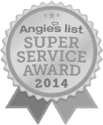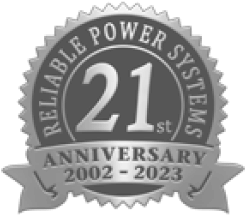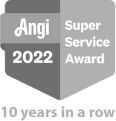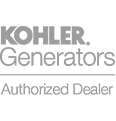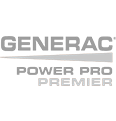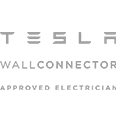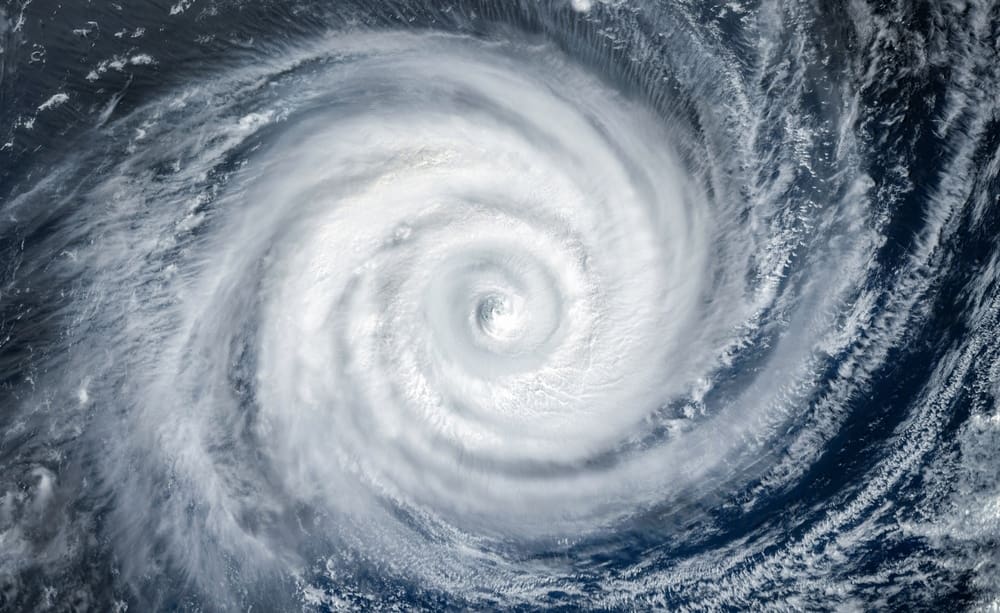
It’s already time to start thinking about the 2024 Florida hurricane season. Even if it’s not because of a full-blown hurricane, tropical storms and severe thunderstorms can suddenly knock out the power to your home. It’s important to have your backup generator prepped and ready to go when it needs to be used unexpectedly. Need assistance performing maintenance on your generator? Contact our professionals at (561) 412-1924 to receive assistance.
To help you keep your lights on and maintain electricity, we have created a list of 7 tips to prepare your generator for a hurricane.
How to Prepare Your Backup Generator for Hurricane Season
Developing a plan for power outages and implementing it during hurricane season is a great way to make sure your home can still function in severe weather situations and other unexpected events.
1. Prepare Ahead of Time
When preparing for an electrical outage, ensure your household has essential items and appliances covered, make a list, and teach others how to operate the backup generator during a severe storm or hurricane. Keep fresh gasoline on hand, and consider having a professional electrician install a transfer switch for an easier transfer of power.
2. Perform Maintenance
If you haven’t tested your generator recently, contact our professionals for support with generator maintenance. Our technicians will follow the manufacturer recommendations to ensure proper operation. If the generator keeps shutting off or will not start, consider ordering supplies or getting repairs now rather than when you really need them.
3. Buy More Fuel
Natural gas or propane generator fuel is safe and won’t go bad, but it’s essential to have enough gasoline for appliances. Fresh gasoline should be purchased within 30 days to prevent issues like gummed carburetors and generator effectiveness. A fuel stabilizer can extend its freshness.

4. Continuously Inspect and Test Your Generator
Running your generator at least once a month for 15-20 minutes and putting in loads helps maintain its condition as well as your familiarity with it, keeping you prepared for potential challenges during the 2024 hurricane season in Florida.
5. Prepare a Location for Your Generator
Ensuring that your generator has a designated space to operate in the event of a power outage is a smart idea. Since mixing water and electricity is extremely dangerous, working with a professional to find a safe installation location that is free from trees and other obstructions is essential.
Our staff will make sure your generator is in a location that is free from moisture in preparation for the next hurricane. In the future, we will also travel back to your property to check the exhaust line of your generator for obstructions.
6. Keep the Gas Lines Clear of Debris
In Florida, many people use above-ground propane tanks to power their generators, and the gas lines are also above ground. Check that there is not any debris, such as tree branches and other objects that could pinch the fuel source from the generator, and visually inspect the gas lines after a storm.
7. Schedule an Early Installation
When scheduling a backup generator installation, do so as early as possible. Residential and commercial generators cannot simply be installed in a few days. Planning for a generator early also gets you ahead of the curve from concerned homeowners trying to call about rushing an installation while a hurricane is forming.
Prepare for the Hurricane Season With a New Generator
Schedule NowHurricanes in South Florida: A Brief History
Hurricanes have devastated Florida throughout its history. These are the seven worst hurricanes:
Great Miami Hurricane
The Great Miami Hurricane was a Category 4 storm that hit Miami Beach in 1926 with gusts of up to 150 mph. Hurricane waves swept through downtown streets, causing extensive damage to homes, buildings, and roadways.
As the storm moved inland, it tore through the landscape and destroyed much of the state. Adjusted for today’s current prices, it caused $100 billion in damages, and had 373 confirmed deaths—but many believe this number to be higher.
Okeechobee Hurricane
The Okeechobee Hurricane was a Category 4 hurricane that hit Palm Beach County on September 6, 1928. It caused severe flooding, resulting in over 2,500 deaths, primarily due to the failure of the dike system that flooded Lake Okeechobee.
Labor Day Hurricane
The 1935 Labor Day Hurricane was the fiercest hurricane to ever land in the US, devastating both the mainland and the Florida Keys. Over 400 people lost their lives at the Overseas Highway railroad bridge, where a group of veterans working on a government-funded construction project were trapped and washed away by the storm surge.
Hurricane Camille
Hurricane Camille, a Category 5 storm, devastated Florida in 1969, causing over $100 million in damages. The storm hit Franklin County and the Gulf, causing extensive damage to houses, businesses, and infrastructure. The Apalachicola Bay Bridge was unusable, and 300 businesses in Panama City were destroyed. Historic structures in downtown Apalachicola were also severely damaged.
Hurricane Andrew
Hurricane Andrew hit Homestead on August 24, 1992, causing massive destruction and claiming 26 lives. It became the deadliest hurricane to hit the country since Hurricane Agnes 20 years earlier. The storm caused $27 billion in damages and 65 fatalities, destroying once-thriving communities and illustrating nature’s ruthlessness.
Hurricane Irma
Hurricane Irma, a Category 4 hurricane, hit in 2017 with unprecedented intensity, causing massive destruction and 92 fatalities in the United States, with 84 of those in Florida. Despite early warnings and evacuation plans, the storm’s effects were felt across the country, with Florida experiencing significant financial difficulties due to the estimated $50 billion in damages.
Hurricane Michael
Hurricane Michael devastated Florida, Georgia, Alabama, and the Carolinas in 2018, causing extensive damage and over 43 fatalities. The storm also destroyed Mexico Beach, a popular vacation spot, leaving deserted streets and leveled buildings. The rapid growth of the storm led to $18.4 billion in damages.
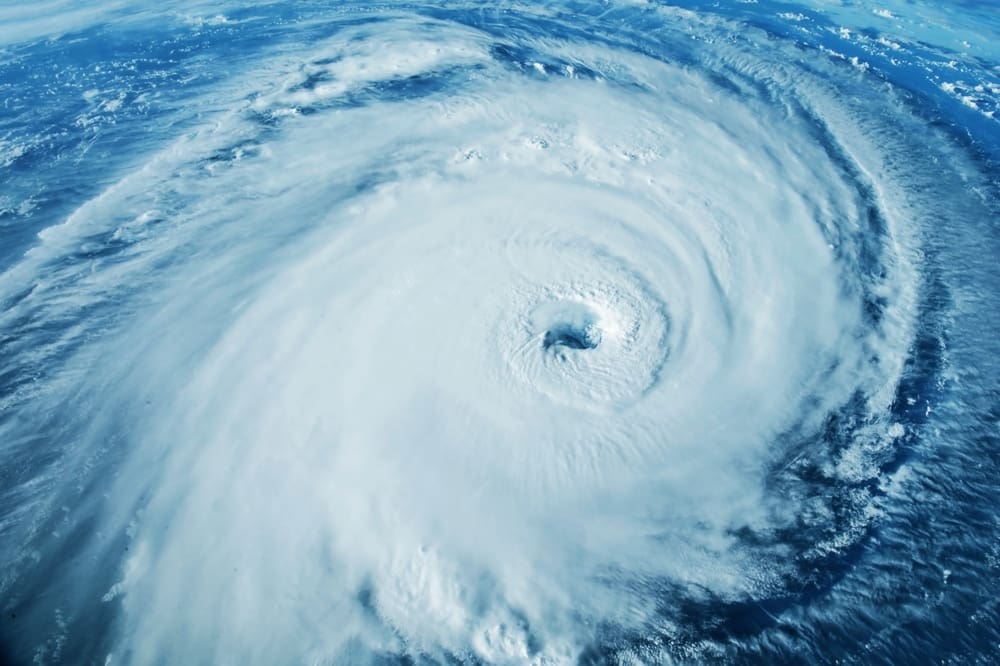
The Stages of a Hurricane
A hurricane progresses through six stages, with the first five stages increasing in size and strength. Investing in a whole-house generator or a partial-home generator is the easiest way to keep your lights on throughout the duration of a hurricane in South Florida. Contact our expert electricians at (561) 412-1924 to receive support with choosing a new generator for your property.
To assist you in preparing for potential hurricanes, we have created an outline of the main stages of the storm along with the corresponding weather conditions.
1. Disturbance Formation
Hurricanes form due to evaporation in tropical ocean waters, forming warm air clouds that heat the surrounding air. As more clouds rush in, a large mass of warm rain clouds form over the ocean.
2. Tropical Disturbance
Tropical disturbances, consisting of loosely packed rain clouds, create thunderstorms in the second stage. Due to weak wind circulation, damage is minimal, and a storm system is classified as tropical if it remains intact for over 24 hours.
3. Tropical Depression
A tropical disturbance with wind speeds of 23–38 mph transitions into a tropical depression, with organized winds. This storm develops into a stronger storm but still lacks the ability to advance to the next stage.
Contact Our Professionals: Keep Your Power on During Hurricane Season With a Backup Generator
4. Tropical Storm
A tropical storm develops when the tropical depression strengthens before the hurricane, with wind speeds increasing from 39 mph to 73 mph. Although less dangerous, tropical storms can unleash intense rainfall, potentially causing significant flooding where they land.
5. Hurricane
A tropical storm is classified as a hurricane if it is developing with winds of at least 74 mph. In addition, when its eye fully forms, it assumes the ultimate shape of a hurricane.
Hurricanes are grouped by their wind speeds:
- Category 1: 74–95 mph
- Category 2: 96–110 mph
- Category 3: 111–129 mph
- Category 4: 130–156 mph
- Category 5: Over 157 mph
6. Dissipation
Hurricanes intensify and accelerate as they pass over warm tropical waters, unable to rely on warm water for power. As landfall occurs, they become disorganized and disintegrate into thunderstorms.
As they pass over land, strong winds and torrential rains cause immense destruction, potentially destroying entire communities. The final stage is dissipation, when the hurricane gradually loses strength once it moves over land.
Whole-House Generator Repair, Installation, and Maintenance Services in South Florida
Hurricanes can disrupt daily life in Florida, especially for homes without backup generators. Fortunately, our team of professionals offer comprehensive whole-house generator repair services in Boca Raton, Florida and other areas. We also provide extensive whole-home generator installation services for homeowners.
With a team of knowledgeable specialists available 24/7, we provide prompt, comprehensive, and dependable repairs. Our fully certified and insured staff is dedicated to preventing future generator difficulties and ensuring your family’s health and safety. Our commitment to quality service is evident in our striving for customer satisfaction.
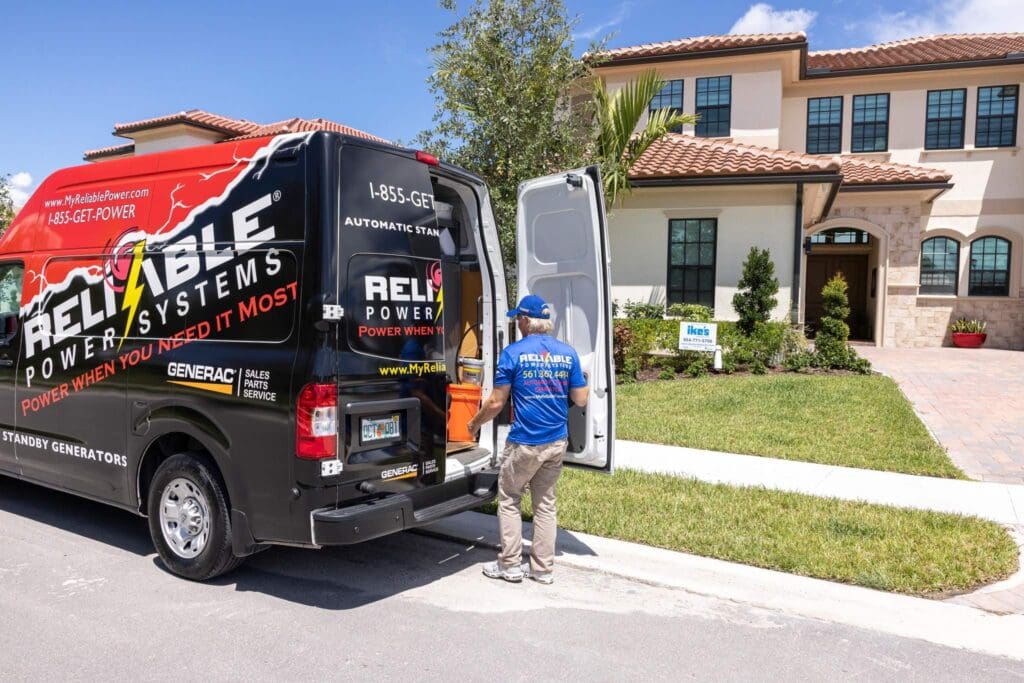
Our Professionals Will Monitor the Performance of Your Generator Remotely
We provide our customers with an innovative remote monitoring solution through our partnership with MobileLink. Using a computer or mobile device, MobileLink from Generac enables you to remotely monitor the health and performance of your home generator and receive real-time notifications.
MobileLink is a remote generator monitoring software that records standby generator usage and performance, while also alerting you for issues and repairs. It will help keep your generator in optimal condition before and after a hurricane hits your local area.
Contact Us Today
During the 2024 hurricane season in South Florida, creating and executing a power outage plan is a fantastic method to ensure that your home can continue to operate in the case of severe weather or other unforeseen circumstances.
Numerous solutions for generator maintenance are provided by the team of electricians at Reliable Power Systems. Our staff offers exceptional support for Kohler, Briggs & Stratton, and Generac generators. Contact us today at (561) 412-1924 for generator installation, repair, and maintenance in South Florida.

